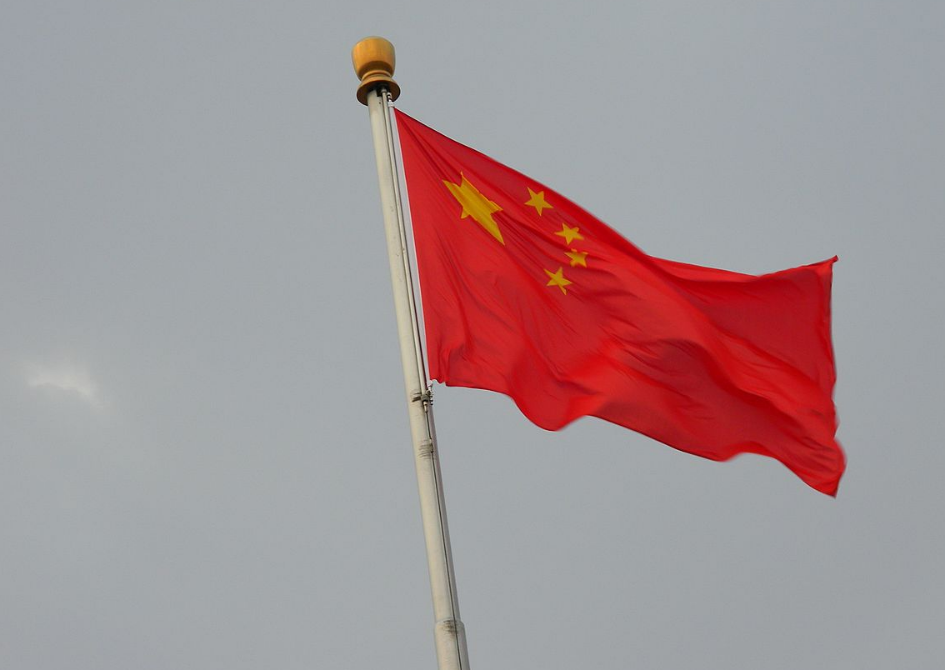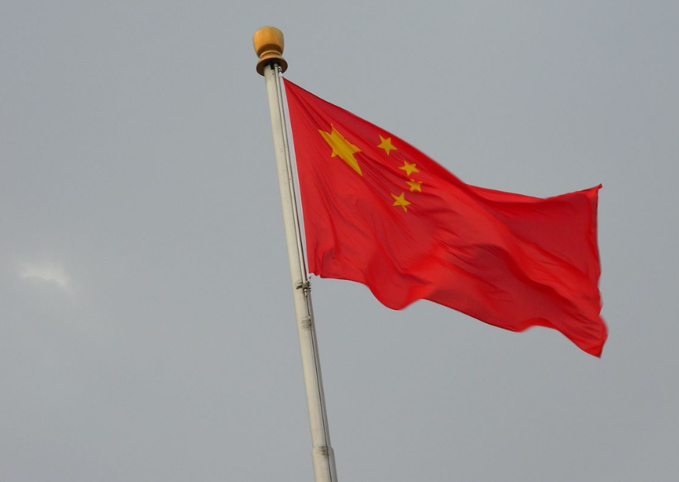The short-term IDRs of the PRC in both currencies remained at the “F1 +” level, the country ceiling rating was at the “A +” level.
"China's ratings are supported by a strong level of external financing of the country, strong macroeconomic indicators, as well as the scale of the economy, which is the second largest in the world," the agency said. Mostly, the ratings are limited by the noticeable structural vulnerability of the financial sector, relatively low per capita income and management performance weaker than other A-rated countries rating.
According to agency analysts, the Chinese government’s measures to support the economy are in line with the sovereign rating, given the government’s limited use of credit stimulus in favor of a more transparent budget policy. The risk of China's downgrade is facilitated by the country’s possible return to the type of credit stimulus that will increase the country's financial vulnerability in the medium term.
In the first nine months of this year, real GDP growth slowed to 6.2% from 6.6% in 2018, but is still well above the average for the A rating, the release said. The agency predicts that by the end of this year, China's economic growth will be 6.1%, and in 2020 it will slow down to 5.7%.
The unfavorable external environment caused by trade disputes with the United States intensified the slowdown in domestic growth, which had previously been associated with the authorities' policy to reduce financial risks, negatively affected exports and led to a sharp reduction in import demand, the agency said.
source: fitchratings.com
"China's ratings are supported by a strong level of external financing of the country, strong macroeconomic indicators, as well as the scale of the economy, which is the second largest in the world," the agency said. Mostly, the ratings are limited by the noticeable structural vulnerability of the financial sector, relatively low per capita income and management performance weaker than other A-rated countries rating.
According to agency analysts, the Chinese government’s measures to support the economy are in line with the sovereign rating, given the government’s limited use of credit stimulus in favor of a more transparent budget policy. The risk of China's downgrade is facilitated by the country’s possible return to the type of credit stimulus that will increase the country's financial vulnerability in the medium term.
In the first nine months of this year, real GDP growth slowed to 6.2% from 6.6% in 2018, but is still well above the average for the A rating, the release said. The agency predicts that by the end of this year, China's economic growth will be 6.1%, and in 2020 it will slow down to 5.7%.
The unfavorable external environment caused by trade disputes with the United States intensified the slowdown in domestic growth, which had previously been associated with the authorities' policy to reduce financial risks, negatively affected exports and led to a sharp reduction in import demand, the agency said.
source: fitchratings.com



















